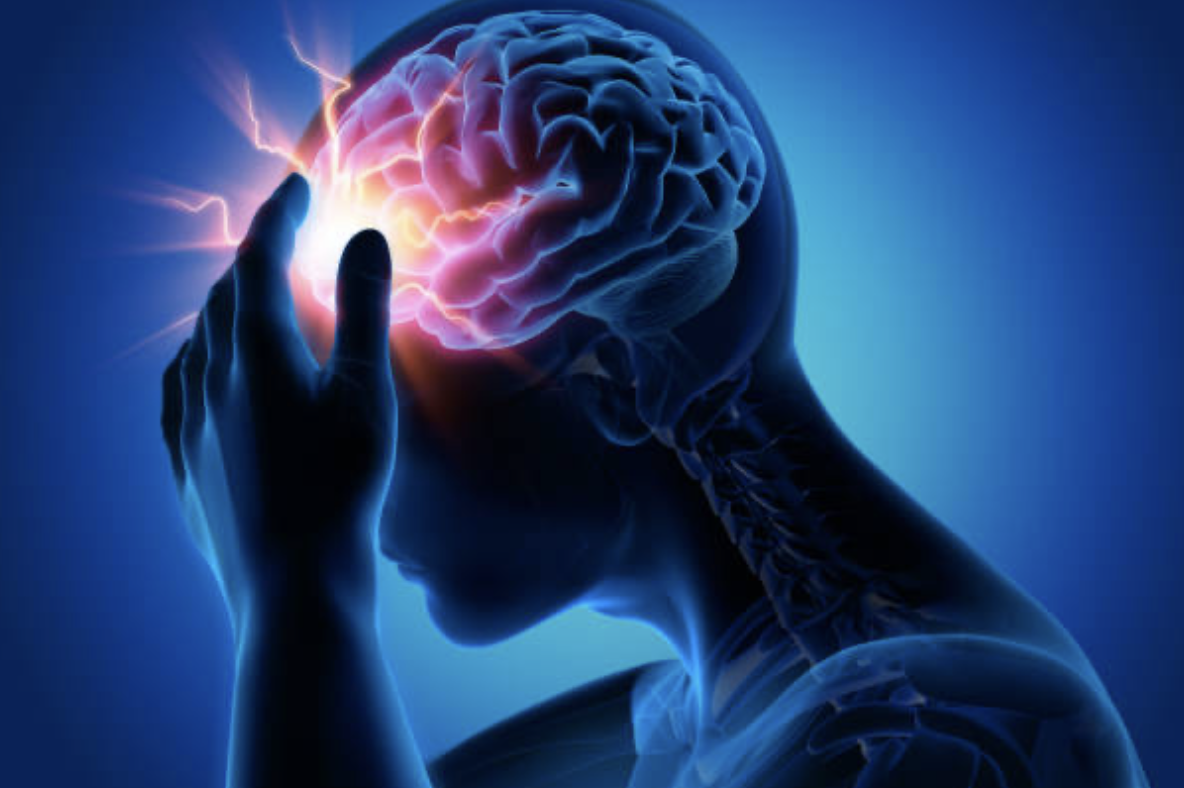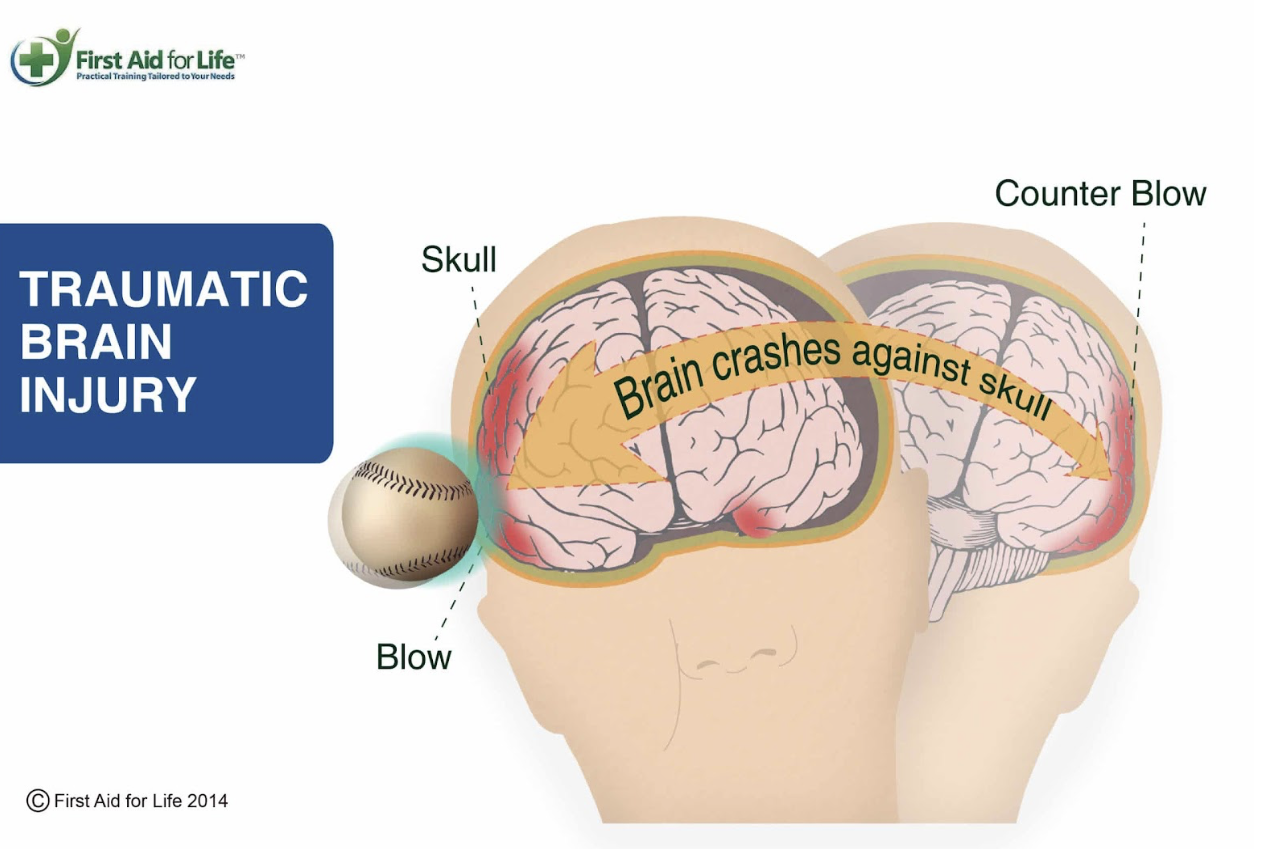Concussions and How They Affect Your Body
Editor: Daniel Wang
Concussions and How They Affect Your Body
Your brain is the control center for your body. When you take a traumatic blow to the head, things can change very quickly. A concussion happens when you take a sudden hit or even when your head gets jolted too fast, which makes your brain bounce around in your skull. This hit stretches your brain cells and messes with how they communicate with each other.
The CDC states that roughly 3.8 million sports-related concussions occur annually. These injuries are particularly frequent in contact sports such as football, soccer, hockey, and water polo. It can happen in any instance where people crash into each other or quickly change directions.
Mechanics of a Concussion
When your head gets suddenly hit, your brain lags behind it, upon which it will hit the inside of your skull and rebound against the skull’s opposite side. This leads to cellular stress and chemical imbalances.
Common symptoms of a concussion include headache, confusion, dizziness, blurred vision, fatigue, and nausea (Mayo Clinic, 2023). Some symptoms can appear right away, while others can show hours later. Concussed individuals also tend to feel foggy or irritable without realizing the cause.
The majority of concussions don't cause a loss of consciousness. Around 90 percent of athletes who get concussed stay awake the entire time (NIH, 2023). However, even if you don't blackout, your injury can still be very serious.
Every concussion differs, but your brain function will regardless be harmed. The more frequently you are concussed, the worse the injury gets. Studies from Boston University’s CTE Center show that athletes who are repeatedly concussed are more likely to develop chronic traumatic encephalopathy, a degenerative brain disease that inhibits memory, changes behavior, and mood.
Inside the Brain
Getting into some brain anatomy, the brain floats in cerebrospinal fluid, which is protected and encapsulated by the skull. When you get hit, it shifts rapidly, stretching axons that carry electrical signals known as action potentials. This creates an energy crisis. The cells release potassium and absorb calcium, disrupting normal communication. Cranial blood flow slows down as the brain works hard to fix itself. This imbalance explains why symptoms such as dizziness and brain fog occur.
Cognitive and Physical Symptoms
Concussions affect more than just your thinking. They influence other aspects such as balance, mood, and even sleep. Common symptoms include:
Headache and neck pain
Light and noise sensitivity
Slower reaction time
Nausea and fatigue
Difficulty concentrating
Irritability and anxiety
Brain fog
BMJ Sports Medicine writes that roughly 30 percent of people experience post-concussion syndrome, where symptoms last longer than four weeks.
Rest and Recovery Process
Healing a concussion takes time and patience. The brain needs time to rebalance energy levels and also restore normal function. The Cleveland Clinic recommends complete physical and cognitive rest for 24 to 48 hours. This is then followed by a slow return to activity under medical supervision (Cleveland Clinic, 2023). It’s recommended that concussed individuals reduce screen time, limit exposure to bright light, and avoid loud environments.
Long-Term Consequences
The more concussions you receive, the more challenges you can face in the long term. Repeated concussions change brain structure and chemistry at a foundational level. The National Institute of Health reports long-term effects that include.
Memory loss
Difficulty with focus and decision-making
Increased depression and anxiety
Sleep disturbances
Chronic headaches
Why It Matters
Ignoring concussions has serious consequences. One more hit could result in permanent changes to memory, mood, and coordination. Taking time to rest and recover protects your health and your future. All athletes should understand the importance of not returning too early, and instead simply choosing to take time off and recover.
References
Brain Health. (2025, September 17). BU CTE Center Study Ties Contact Sports Head Hits to Brain Damage. Retrieved November 4, 2025, from https://www.bu.edu/articles/2025/cte-center-study-ties-contact-sports-head-hits-to-brain-damage/
CDC. (2025, September 15). Concussions. Heads Up. Retrieved November 4, 2025, from https://www.cdc.gov/headsup
Cleveland Clinic. (2024, August 16). Concussion: What It Is, Symptoms, Causes & Treatments. Cleveland Clinic. Retrieved November 4, 2025, from https://my.clevelandclinic.org/health/diseases/15038-concussion
Maas, A. R., & Menon, D. K. (2022, October 7). Traumatic brain injury: progress and challenges in prevention, clinical care, and research. The Lance Neurology. Retrieved November 4, 2025, from https://www.thelancet.com/article/S1474-4422(22)00309-X/fulltext
Mayo Clinic Staff. (2024, January 12). Concussions. Retrieved November 4, 2025, from https://www.mayoclinic.org
Volkmann, C., Bschor, T., & Köhler, S. (2018, May 28). Gut–Brain Axis and Mood Disorder. Frontiers. Retrieved November 4, 2025, from https://www.frontiersin.org/journals/psychiatry/articles/10.3389/fpsyt.2018.00223/full


